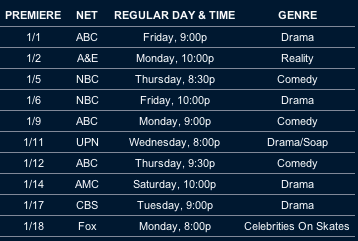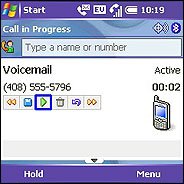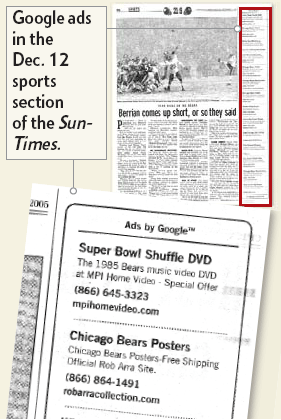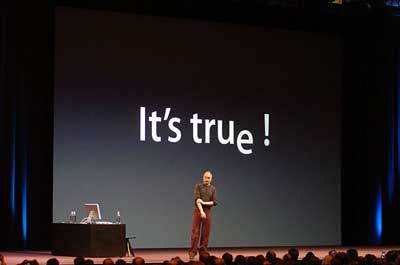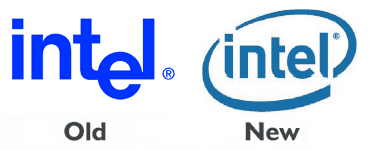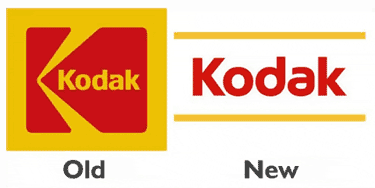Here in America, the Red Cross has done a lot of great work for over a century. Lately, however — perhaps in part due to their massive size — they have also made some really boneheaded missteps. The clearly fractious relationship between the multi-billion-dollar charity’s board and its executives (4 chiefs have quit in the last 6 years) can’t help. (Not that America has a monopoly on in-fighting; witness the idiotic wrangling over the red diamond amongst members of the International Movement of Red Cross and Red Crescent Societies.)
It’s not just the big things that have me worried about (what I assume to be) the world’s biggest charity. It’s also the small, such as their new “Blood Saves” campaign, first brought to my attention in a Slate article by Seth Stevenson entitled “In Cold Blood: A nasty new public service announcement from the American Red Cross.”
What does it take to earn a PSA the label of “nasty”? Well, you can read Seth’s take for the full review, but here’s the text of the ad entitled “Julie” (available for viewing on BloodSaves.com, once you jump through some Flash/Java hoops):
I heard about this company dumping toxins in local rivers and I called their executives to say stop, but they were too busy counting profits while the rivers are being destroyed, birds and fish are dying, and the local kids are getting cancer.
So I organized a huge protest and it actually got the company shut down but now half the town’s been unemployed and the kids are twice as sick since they can’t get healthcare, since their parents lost the insurance they had when they worked for the company who dumped all the toxins in the first place.
After “Julie’s” breathless recitation, the sound of a heartbeat fades in and titles read “Saving the world isn’t easy. Saving a life is. / Just 1 pint of blood can save up to 3 lives.”
Before we get down to the ad’s idiocy, let’s dispatch with the obvious: giving blood is good. You should do it. It’s relatively fast, it’s easy, and they’ll give you a cookie. I’d do it if they’d let me.*
With that out of the way, what is this ad (or its companion, which tells the story of child labor protest letters answered with free coupons printed on rainforest-derived paper) telling us? To me, it sounds a lot like this: don’t bother. The world is too complicated for you to understand the ramifications of your actions. Just give blood, pat yourself on the back, and keep on keepin’ on. What a nice, neat television-commercial-sort-of-answer that is. Thank you, Ad Council.
Except it’s pure crap, the very same sort spouted by ExxonMobil front groups that want the mantra “Clean Environment = Fewer Jobs” burned in all our brains. Yes, it’s true that forcing companies to clean up their own messes will cut back some of the profits they’re counting in Julie’s example, and indeed, requiring more chimney scrubbers, reduced toxic waste dumps and all the rest may lead to higher costs, just as it should lead to more engineering jobs and sales for companies that make that very equipment. Transportation costs could certainly increase, making everything you buy more expensive. (Especially since most of it is coming from China.)
So what? Since when did the Constitution guarantee us $1.50/gallon? Is reducing cancer not worth a high cost? Does it really come down to a choice between polluted rivers or no healthcare, between ending child labor and saving rainforests? Is this all too complicated for us to worry about? Of course not!
Everyone should be working as much as they can to make this a better world, whether it’s through blood donation, advocacy, reduced environmental impact, volunteerism, or any of the myriad other ways to help out your fellow living things. Shame on the Ad Council, and shame on the Red Cross for minimizing all those other important efforts.
* I fall in the category of “men who’ve had sex with men since 1979” and am therefore banned. At least, I’m pretty sure I’m in that category. It was a long, long time ago…



